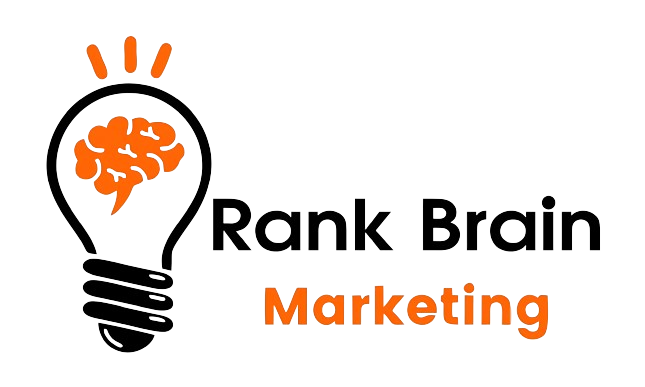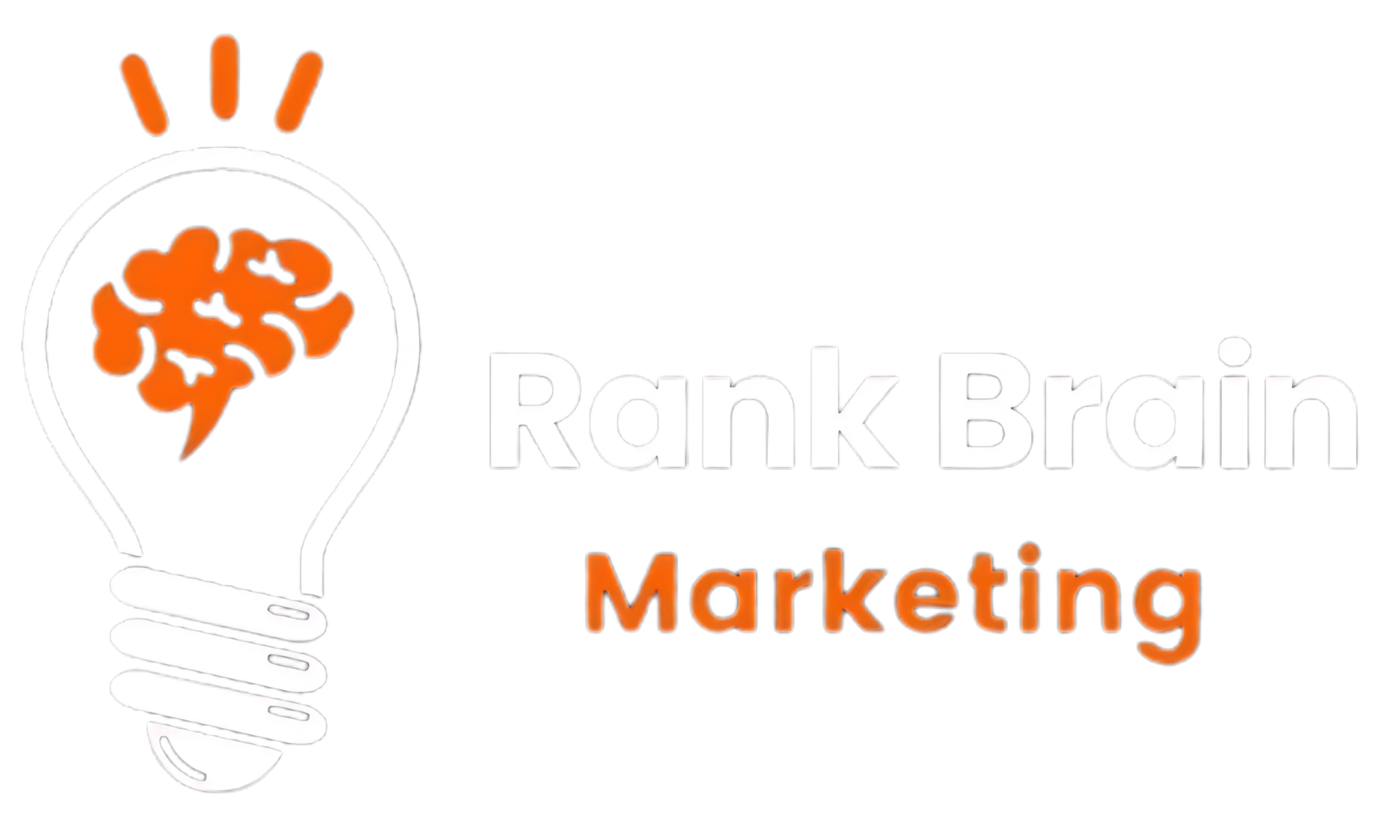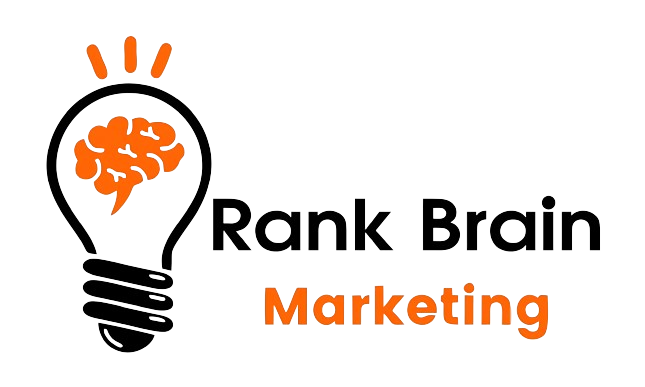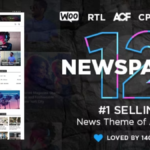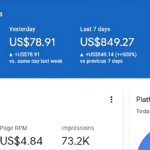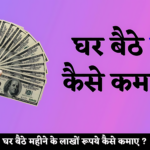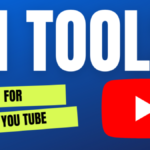Marketing is the most important factor in determining a product’s or service’s success. The marketing is evolving because it is a technology in which new ways of marketing are now in the spotlight, giving marketers an advantage.
Marketing promotes a product or service and assists in reaching out to an audience that may be interested in that product or service.
What is Digital Marketing?
If you are on a social media platform such as Facebook, YouTube, or Instagram and see an advertisement or a person promoting a specific service or product on that platform, this is referred to as Digital Marketing. Digital marketing has a massive and far-reaching reach.
Millions of people, mostly in India, spend the majority of their time on social media platforms, creating a huge opportunity in this field.
Digital marketing does not require much capital to promote services on digital platforms; a simple share by people can spread the word about a specific service or product to a large number of people who are potential buyers and customers. SMS marketing, E-mail marketing, and WhatsApp marketing are all examples of digital marketing.
What is Traditional Marketing?
Traditional marketing is the promotion of products or services that you may have heard or seen advertised in newspapers, radio advertisements, or television commercials.
Marketing has a large reach, but it is not as large as digital marketing. Traditional marketing focuses on people who consume content primarily through platforms such as newspapers, radio advertisements, and television commercials.
Traditional marketing requires some capital to promote services or products. The capital requirement for promoting through newspaper, radio, and television advertisements can be high at times.
Traditional marketing is also done by promoting brands on printed T-shirts and clothing, which can be an effective method at times.
Comparison Between Digital Marketing and Traditional Marketing Table:
| Comparison | Digital Marketing | Traditional Marketing |
| Targeted Audience | In this case, the audience consists primarily of people who spend time on social media and other digital platforms. | In this case, the audience consists primarily of people who are not very active on digital platforms, including social media platforms. |
| Concept | The idea is to market the product or service primarily through digital platforms that people are more likely to use. | The idea is to market the product or service through various platforms such as radio, newspaper advertisements, and so on. |
| Cost of Marketing | Digital marketing is generally inexpensive and can be carried out on digital platforms for little or no cost. | Traditional marketing can be costly at times because it includes marketing on platforms such as newspapers, radio, television, and so on. |
| Advantages | The main benefits are a more cost-effective model and a greater reach to the audience, both of which are beneficial to marketing. | The main advantage is the ability to reach audiences who do not use digital or social media platforms. |
| Disadvantage | The disadvantage is the inefficiency with which the audience is reached via social media and digital platforms, resulting in the loss of some potential buyers. | The disadvantage is the inefficiency with which the audience is reached via social media and digital platforms, resulting in the loss of some potential buyers. |
Digital Marketing
Some of the most common digital marketing firms, or tactics, are as follows:
| Search Engine Optimization (SEO) | To optimize your website so that it appears at the top of search results. As a result, the website’s organic traffic will increase. |
| Content Marketing | Creating, publishing, and promoting content for a specific audience in order to raise brand awareness, increase traffic, generate leads, and so on. |
| Social Media Marketing (SMM) | It is the process of promoting your brand through social media platforms such as Facebook, Twitter, Instagram, LinkedIn, and Snapchat, among others. This aids in the creation of brand awareness, the attraction of traffic, and the generation of leads. |
| Inbound Marketing | The process of assisting prospective customers in finding your business through social media, branding, content marketing, and other means. Attracting, converting, closing, and delighting customers are all part of the process. |
| Affiliate Marketing | It is the practice of promoting the offerings of other companies on your website and earning a portion of the profit for each sales conversion. |
| Pay Per Click (PPC) | It is an advertising model that is commonly used to drive traffic to a website, in which the advertiser pays the publisher a set amount each time the advertiser’s ad is clicked. You may have noticed advertisements on Google and Bing search results pages. |
| Email Marketing | Email marketing is a method of communicating with customers that involves sending emails to a targeted audience about discounts, events, new products, and offers, among other things, and directing the audience to the company’s website. |
| Online PR | It is an abbreviation for online public relations, which refers to marketing public relations activities conducted via an available online platform such as social media, blogs, websites, and so on. |
Traditional Marketing
Some of the most common traditional marketing firms, or tactics, are as follows:
| Print Marketing | It includes newspapers, journals, posters, magazines, pamphlets, and other publications that provide daily news, classifieds, and interest-based periodicals and generate revenue through promotions and local advertisements. |
| Broadcasting | It could include television and radio, which provide knowledge, information, and news, as well as entertainment. It is supported by advertising. |
| Outdoor Marketing | Billboards and hoardings are two types of home marketing that have a long history of influencing consumers. |
| One-to-one marketing | It includes telemarketing and SMS marketing, which involve promoting a product or service to customers via phone or SMS. |
| Direct Mail | Also known as direct mail or mailshot. It is the process of delivering advertising materials to people through the postal service. Brochures, postcards, catalogs, flyers, newsletters, and sales letters are all examples. |
| Referral Marketing | Also known as ‘word of mouth marketing, this type of marketing relies on customers to spread information about products or services. |
Conclusion:
Digital marketing and standard marketing are both ways to get customers and spread the word about a brand’s goods and services. Both ways have pros and cons that can help and hurt many brands and services.
People who are active on social media are the target audience for digital marketing. Millions of people, mostly in India, spend the majority of their time on social media platforms, creating a huge opportunity in this field. Traditional marketing can reach a consumer and buyer base of people who consume content primarily through platforms such as newspapers, radio advertisements, and television advertisements.
Traditional marketing requires some capital to promote services or products. The capital requirement for promoting through newspaper, radio, and television advertisements can be high at times. It is entirely up to you to determine which type of marketing is appropriate for your brand.

